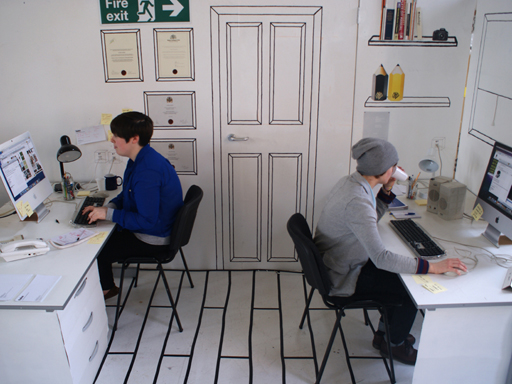Deborah Littlejohn is a design researcher and educator. Her research is guided by questions that address the field of relations among networked technology, new information environments and design pedagogy, and the ability of people to learn, adapt and change. Her dissertation was a grounded theory study on the outcomes of relationships among curriculum, faculty beliefs, and the particular circumstances of the learning environment in innovative U.S. design programs.
Littlejohn has taught design at several U.S. programs in the areas of interaction design, motion graphics, typography and graphic design. From 2001–2006, she was a Resident Design Fellow at the University of Minnesota Design Institute where she led an investigation of leading practice in type design that resulted in the internationally-distributed publication Metro Letters: A Typeface for the Twin Cities (2003).
A desire to promote the value of research in design education and contribute to the field’s ongoing dialogue has been extended through Littlejohn’s participation in design conferences, invited lectures, student workshops, and in the professional and academic design press. In 2009, Littlejohn authored the winning proposal as a co-recipient of the AIGA Annual Research Grant. Her most recently completed projects include the design of a college-level textbook about graphic design theory, authored and edited by Meredith Davis (forthcoming, Fall 2012, Thames & Hudson), and a paper presented at the 2011 Doctoral Education in Design Conference in Hong Kong that will be published in the Proceedings of the Doctoral Education in Design Conference (forthcoming, Fall 2012).
Littlejohn received an Master of Fine Art from California Institute of the Arts (1994) and a PhD in Interdisciplinary Design from North Carolina State University (2011).
Her article will explore the “implications of change in design education in the wider context of emergent practices through an interrogation of several long-standing beliefs, values and norms in design pedagogy, including: the field’s association with other disciplines; the traditional academic context of the design school; program organization; curricula and course structure; project assignments and the design process; methods of student evaluation; and the “sacred cow” of an education in design—the studio.”

